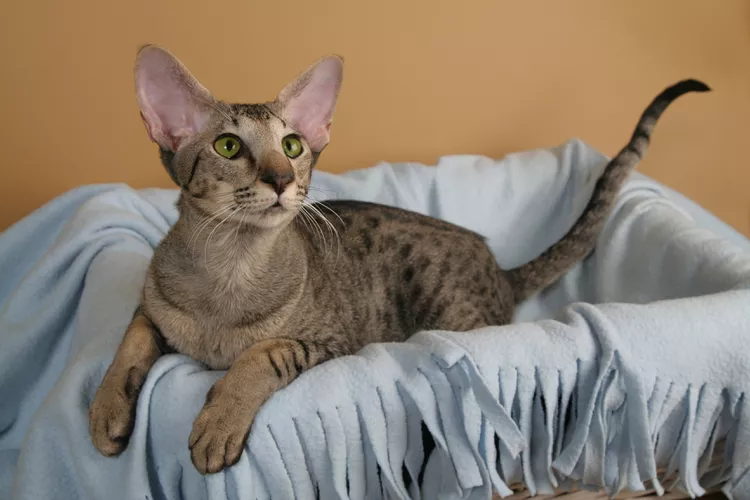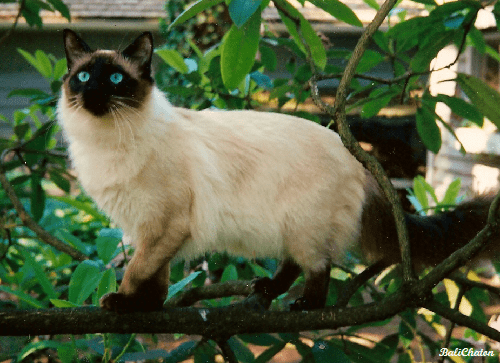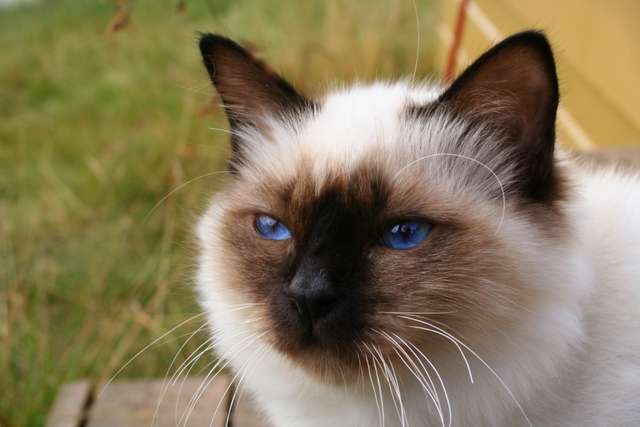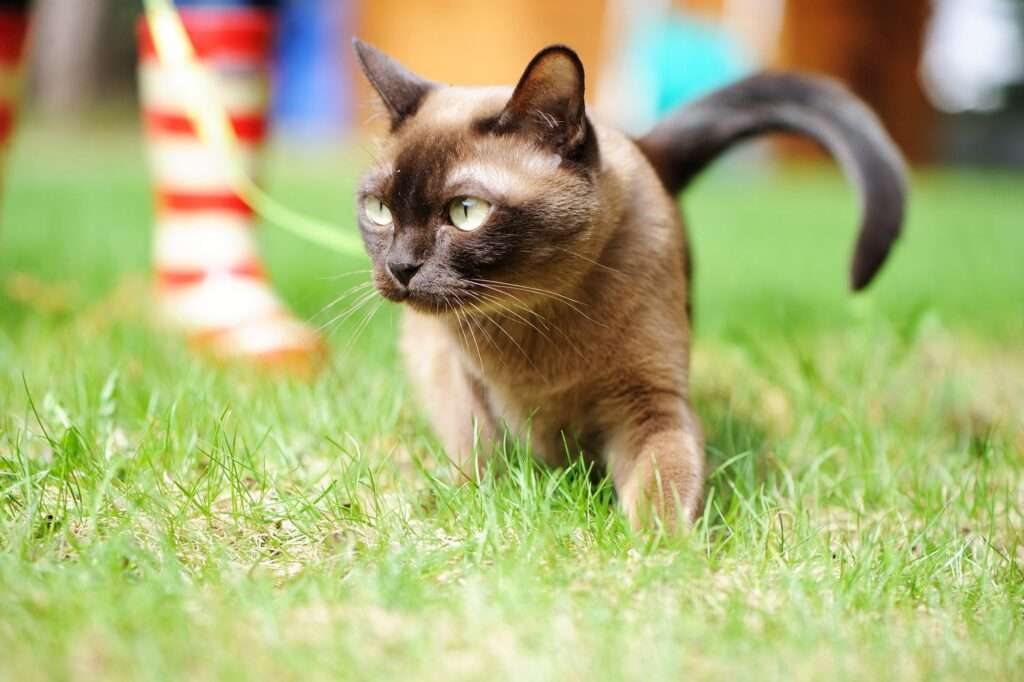
Description
Size: 8- 12 lbs
Domestic cats of the Oriental Shorthair breed are descended from and closely related to Siamese cats. Despite coming in a variety of coat colors and patterns, it still has the contemporary Siamese body and head type. Siamese-like almond-shaped eyes, a triangular head shape, huge ears, and an extended, slender, and muscular torso also distinguish Orientals from them. Additionally, they have quite similar personalities. Both shorthaired and longhaired variants of Orientals exist.
Behavior
Activity Level: Active
Social needs:
When you get back to an Oriental, you’ll be welcomed with a chatty cat eager to tell you how their day went. Orientals enjoy following their folks about and “assisting” them in everything. They enjoy being on shoulders, climbing, and being in high places. Oriental cats should be maintained in pairs with another cat who can keep up with them and must have pet mates of a similar activity level. They like eating and could take snacks out of cabinets and drawers, so child safety locks might be required.
Origin/History
In Britain throughout the 1910s and 1920s, Siamese cats were very well-liked. The distinctive color restriction or pointing was a draw, in part. Breeders decided to remove all solid colors from this breed because of its coloring. The first Siamese cats with solid colors were given the moniker “foreign shorthair.” These cats, which came in a wide variety of hues and patterns, are today referred to as Orientals. Essentially a Siamese cat with a different coat color, the Oriental. Even while some cats from an Oriental breeding program may have the Siamese’s color-restricted pattern, they are still regarded as Orientals.
Care as a Pet

Exercise
Oriental shorthairs enjoy learning new tasks, playing fetch, and walking on a harness because they thrive on interactive stimulus. These felines are regarded as being quite social and enjoy playing with humans, other cats, and even dogs. You should frequently make sure your oriental has a furry friend.
Orientals enjoy leaping and climbing to high vantage places, such as cabinets or refrigerators, to see events below. A tall cat tree with lots of levels for active play can promote safe (and possibly less destructive) climbing.
Nutrition and Diet
Feeding premium cat food will keep your oriental shorthair healthy. Feed the right quantity of food at the right times to prevent overeating and weight gain.
Grooming needs
The Oriental Shorthair’s short, silky coat requires little maintenance. Every few weeks, use a soft brush or stainless steel comb to remove the dead hair, then polish it with a soft cloth to make it shine.
Table





